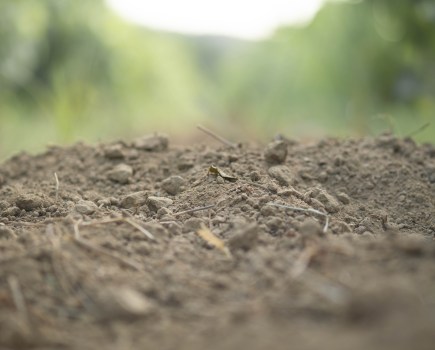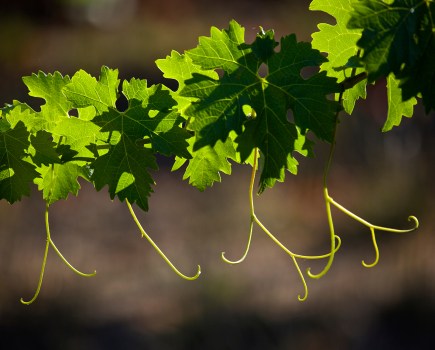While 2025 was something of a vintage year for UK grape growing, it was not without its challenges, both commercial and agronomic. Hutchinsons agronomists Rob Saunders and Will Robinson review some key talking points, and look forward to next season.
Conditions for growing grapes in the UK do not come much better than 2025, with yields and quality largely reflecting this. Indeed, anyone targeting top quality generally achieved it, and with lower disease pressure, input costs were below previous years.
On the face of it then, 2025 was an excellent season, and for many it undoubtedly was. However, it would be remiss not to acknowledge the commercial challenges that have also come to the fore, with some wineries and vineyards facing tough financial decisions, and those without contracts sometimes struggling to find a home for grapes, at reduced prices in a ‘buyers’ market’.
Whether this is just a temporary correction of a sector that has grown exponentially in the past decade remains to be seen, however it may well prompt some future tightening of purse strings. Indeed, this year we have seen more mechanical operations taking place, notably harvesting and pre-pruning, in a bid to address issues with the cost and availability of labour. Many are sharing equipment with neighbouring growers to keep overhead costs down.
Going forward, we may well see more mechanisation within vineyards, but agronomy-wise the focus needs to remain on maximising yield consistency and quality, with precisely targeted inputs. Being realistic about what your site can deliver in any one season, and taking note of lessons from previous years, will help achieve this.
Powdery mildew challenge
Although overall disease pressure was lower this year, one issue that did appear – quite rapidly in many cases – was powdery mildew. The main hotspots were typically in areas that have experienced issues in previous seasons, such as hollows in the ground, or sheltered areas near trees and hedges, where humidity tends to be higher. Excess canopy growth is another major contributing factor, reducing airflow and increasing humidity.
It is worth mapping, or at least making a note of these ‘hotspots’ for extra attention in future, and ensure any affected material is pruned out and disposed of to reduce risk of carryover into next season.
Once powdery mildew is in the crown though, it cannot be pruned out, and with no real curative fungicide options, a preventative strategy of uprated cultural and chemical controls is essential. Alongside good canopy management, sulphur post-harvest and again in spring at woolly bud stage and bud burst is very effective, although it is something some growers skipped this year given the perceived low risk in dry, warm conditions at the time. On some sites. this may well have contributed to an increase in disease later in the summer.
Perfect year for SWD
Another issue, which thrived in the more Mediterranean conditions, was spotted wing drosophila (SWD), which arrived with vengeance during September on some sites. Again, issues were particularly evident where airflow was restricted in some way.
Interestingly, SWD were often concentrated at the bottom of bunches, out of obvious sight, highlighting the need for careful monitoring and vigilance.
Recognise too, that in many cases, by the time you see SWD on grapes in any number, damage is already being done, so consider integrated options to help manage risk throughout the season. SWD tends to remain quite localised, overwintering in hedges and woodlands, so a collaborative effort to manage the pest across neighbouring sites may well be worthwhile.
Irrigation benefit
Finally, it is worth touching on the topic of water, or the lack of, during the growing season. While established vines are generally pretty robust in dry conditions, we saw some distinct benefits from irrigating at key times on some sites, notably where soil structural issues were restricting deeper rooting.
Often during very dry, hot conditions, vines will shut down the apical shoots, first apparent as tendrils which become brittle and fall off. In extreme cases, this is followed by berry abortion. But this year, we found that applying additional water – in one case, for an hour a day for three days on the most at-risk areas – did a great job of keeping vines going and avoiding any severe impact.
If seasons such as 2025 become more common, irrigation may be something more growers need to consider, especially if there are underlying soil issues affecting rooting.




